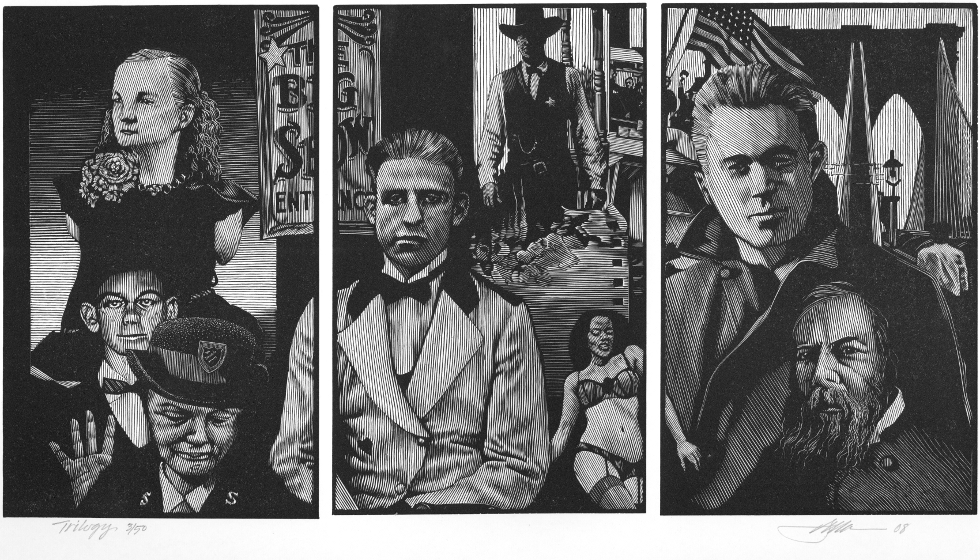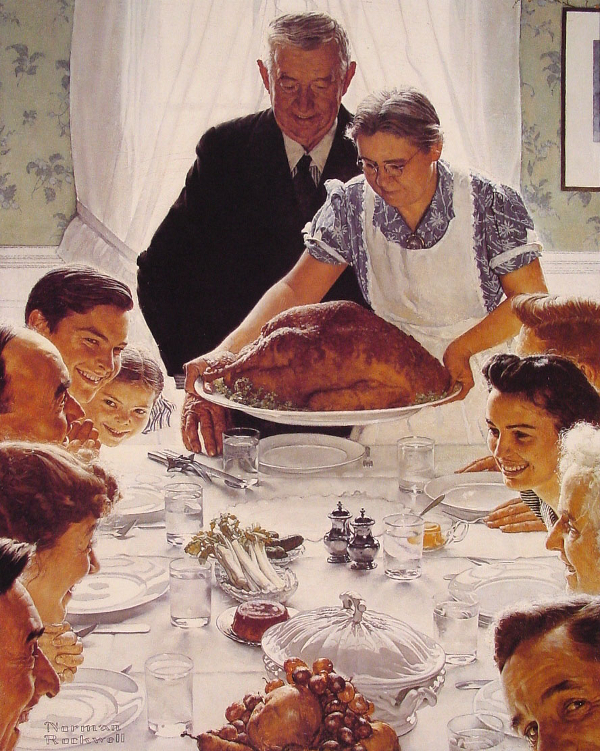
If there is meaning to the term “visual culture,” it is the webs of connection organized by images. Some images are special—they stand like mountaintops in a society, managing the flow of thought and feeling that constitutes the body of a culture. The word for this class of imagery is icon. You know an icon when you see one because of the auratic sensation it provokes: gazing at it, you are in the presence of something or someone widely revered or reviled. It’s not merely an image, a visual sign, but more. What you see in an icon is archetypal, totemic, paradigmatic, universally recognized. What you see are the edges of a life-world because whoever does not recognize the image as an icon must be an outsider or a foreigner or an unbeliever. The proof of an image’s iconicity is the aura it radiates—the sensation of the image grasping and holding your attention. I’d like to reflect on iconic aura because I believe it can tell us something important about the visual culture of spirituality.
Images of John Lennon, Marilyn Monroe, Che Guevara, Jesus, and the most familiar pictures by Norman Rockwell all command attention because viewers recognize in them something that they and many others want to see. These are icons, the images everyone talks about, images that seem to be everywhere and always have been. Take Rockwell’s undisputed “popular culture icon,” as it is so commonly tagged, “Freedom from Want,” painted in 1943 as one of a series of four images inspired by a war-time speech of Franklin Roosevelt. Why is it an icon?
Several reasons come to mind. First, we have seen it so many times. “We”—it’s not a private image, but one shared by millions of people who experience something common in their recognition of this image. The image bestows on people an imagined sense of their Americanness, as do many of Rockwell’s pictures. Second, its ubiquity: we see it every Thanksgiving in magazines and newspapers, on television and the Internet. When Rockwell created the picture it was not an icon of Thanksgiving, but a propagandistic hymn to the way things ought to be and would be once again when Totalitarianism was defeated on the global stage. Roosevelt defined the “freedom from want” in terms of economic relations that “will secure to every nation a healthy peacetime life for its inhabitants—everywhere in the world.” After the war, in the heyday of American plenty, Rockwell’s image was recoded and became closely associated with Thanksgiving, the American high holy day of Abundance, the feast day of American civil religion. We see no religious subject per se. Rather than Puritans or Pilgrims, we witness something more generic: the meal that all Americans celebrate. This points to the third feature of Rockwell’s icon—content and style. The image presents to people what they want to see—Thanksgiving as it ought to be, grounded in warmth and sentiment, in fellowship, in good cheer, in a ritual meal served up by two pillars of benevolence: grandmother and grandfather. And the scene is limned with the skill of an illustrator’s descriptive line and a composition that lures the eye and rewards it with balance and order, all packaged with the tidiness of a fine story. In his most fondly received works, Rockwell portrays the American past with a narrative gaze that interweaves humor, wit, nostalgia, and storytelling. Or maybe it’s not the past so much as a folkloric invocation of America as it should have been.
Page 1 of 2 | Next page
